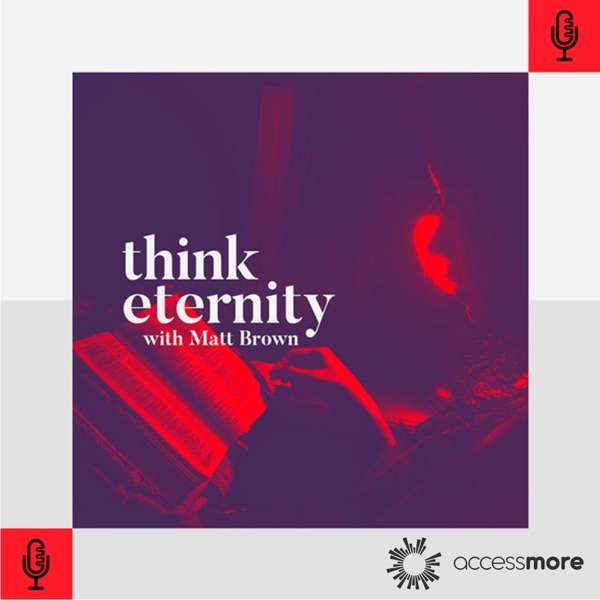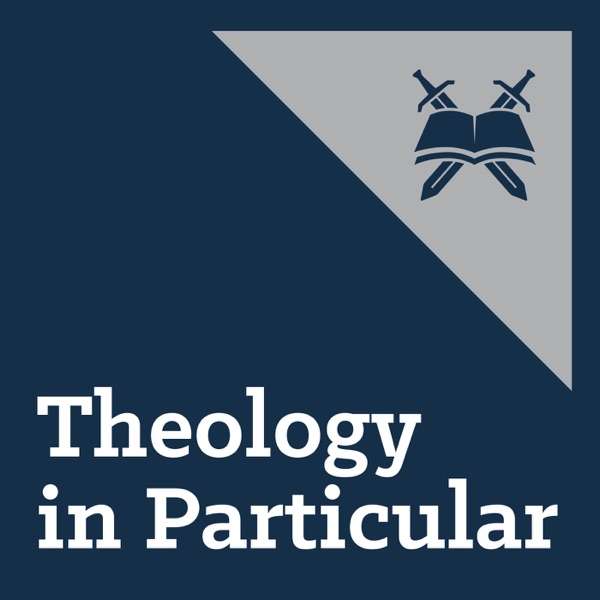- The Cultural and Moral Crisis: Terrorist Identity
In their book, The Terrorist Identity, Michael P. Arena and Bruce Arrigo (Arrigo is a Professor of Crime, Law, and Society at the University of North Carolina at Charlotte) share their research on the social variables that influence what they call the terrorist identity. They are considering this issue through the lens of Social Identity Theory (a theory that only considers the Biological and Psychosocial strata). Regarding what they refer to as the martyr-identity developed by many terrorists they write:
Perhaps the most poignant illustration of the role that significant others plays with respect to instilling the martyr identity within extremist militants is observable in a photo in Hebron in 2002. The photograph featured the gunman’s infant son dressed in military fatigues complete with a suicide bomber’s harness. Although not all significant others in a fledgling martyr’s life are supportive of such an identity, classmates, teachers, fellow recruits, parents, and family members serve to repeatedly remind some of their shaheed path, obligation, and destiny. Indeed, the social martyr and the extrinsic gratification one receives from significant others causes one to become more committed to this identity. This heightened and intensified commitment increases the identity salience and its proclivity to be activated in a variety of situations (p. 149). (maybe mention the idea of the identity that is “on-line”).
Summary: Sadly, while these authors offer helpful insight, they also view such people as socially constructed machines prepared to activate a specific identity in particular situations. I find this heartbreaking. But, in reference to our current inquiry, we must ask the question: Within the realm of what Transpersonal Psychologist, Ken Wilber, refers to as Flatland, or what I’m referring to as the domains of the biological and psychosocial, on what basis does anyone have the right to strip this young Muslim man from self-identifying as a martyr, finding purpose in that identity, and then carrying out the impulses brought forth by this identity? The materialist idea that the ethics of right and wrong required to judge this young man’s actions are effectively cultivated by culture falls short here. If I immersed myself with this individual for 30 days, it would become profoundly clear that his culture is unquestionably shaping him with an ethic specific to and reasonably prescribed by his culture. If I witnessed his little brother mutilated by an American drone missile and the social response and reinforcements on his identity that such tragedy evoked, then of course his actions are reasonable. According to social theory, who could deny him of this identity and on what basis? Therefore, operating from his self-identity, the idea that it is good and right to kill self and others is sufficiently in accordance with his socially constructed self. To attempt to apply the label of deviant to his identity and actions, within the realm of Flatland, is inconsistent. Who is right? Is anyone right? How do we know?
Isolated in the biological and psychosocial domains, we are left to either reside in what Harvard philosopher, Charles Taylor, describes as the “self-delusion”—a place where we assume all morals are on the same level. In this delusion, we are required to place the self-identity (and the actions pursuant to that identity) of this young terrorist on the same ethical level as our own. Tragically, we must submit to the reality of nihilism. Otherwise, we will need to reconsider the notion that self and culture are sufficient reference points for fully understanding identity and morality.
- The Empirical Crisis: Limits Cited in the Literature
The final limit of self-identity that I will propose is acknowledged by experts in the field. While considering this issue from the lay-level our culture may assume that the case for self-identity is closed, however, a cursory reading of the literature would indicate otherwise. Consider three experts on the matter:
Dr. Daphna Oyserman, Kristen Elmore and George Smith (2012) of the Institute for Social Research at the University of Michigan state the following:
A rich array of social science theories assumes that the self matters for life choices and behavior, but a similarly robust body of evidence that this so has yet to be assembled. The theory-evidence gap means that, to date, self and identity theories may or may not provide robust models of what self and identity do and how they function…given a large number of publications evoking the self and identity as explanatory factors, failing to attend to the theory evidence gap means that the field as a whole has not made as much progress as might be hoped in understanding self and identity as mental constructs and as forces for action…At worst, the self may not matter at all.
Dr. Jeffery Jensen Arnett of Clark University offers another limitation in the Oxford Handbook of Identity Development (2015). He notes regarding adolescent development research:
…the vast majority of the research on adolescents so far has been conducted in the United States and Canada, and Western Europe. What I have called the ‘neglected 95%’—the vast human population that lives outside the United States—has been almost entirely neglected by research on adolescent identity development.
Finally, Dr. Michael Gerson of California Lutheran University points out the following:
The self and identity have an extensive history in the psychoanalytic literature, as well as general psychology and sociology, and have received renewed attention in the neuroscience literature…Furthermore, these terms figure prominently in discussions of adolescent crises and conflicts, wherein self and identity represent significant distinctions regarding how one knows one’s self or how one is known to others. Neither term, however, has consistent usage in the psychological literature, despite the fact that they appear in tens of thousands of citations.
Citing Westin and Heim, Gerson then concurs with them “that self is a construct suffering from identity confusion.
Summary: Considering the plethora of studies within the literature in the area of identity, we may conclude that many insightful advances have transpired. However, a final conceptual understanding of identity and self-identity are far from resolved. According to just three experts cited above, much more will be required to prove what the various theories in the field purport in their theoretical supposition. We are limited in our empirical development.
- Beyond the Bio-Psychosocial—The Spiritual Order: Johnson explains of this order, the spiritual stratum has to do with the ‘things above’ (Col. 3:2) or the realities in the heavenly places. This order points us to the conclusion of St. Augustine in his Confessions: “Our hearts are restless until they find their rest in Thee!
- A biblical understanding of people and identity does not exclude any of the previous orders discussed in t...

 Our TOPPODCAST Picks
Our TOPPODCAST Picks  Stay Connected
Stay Connected







